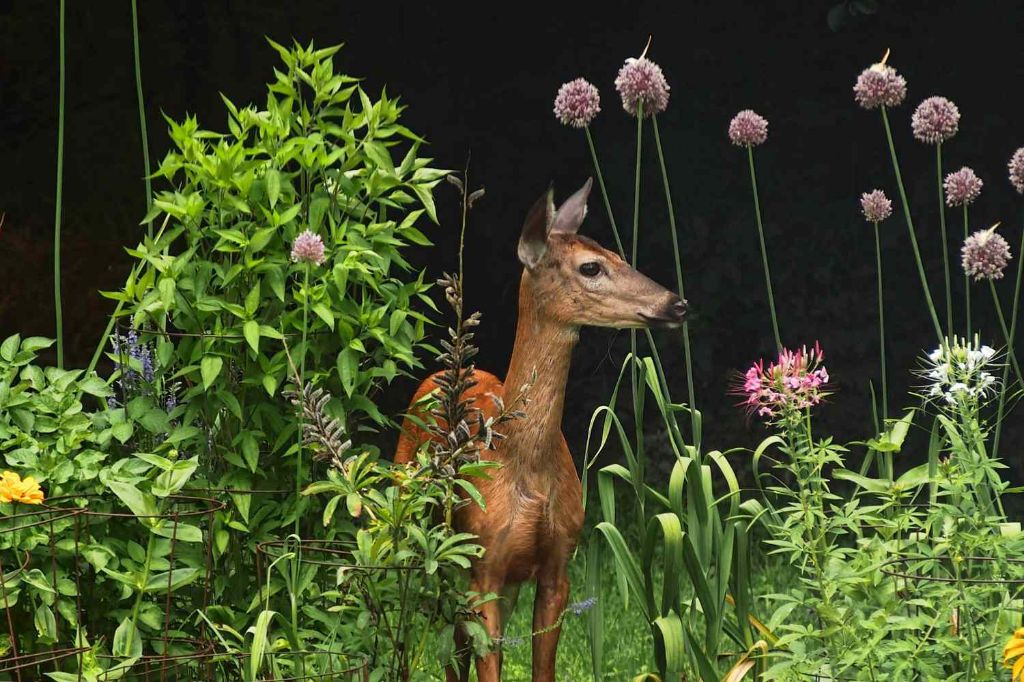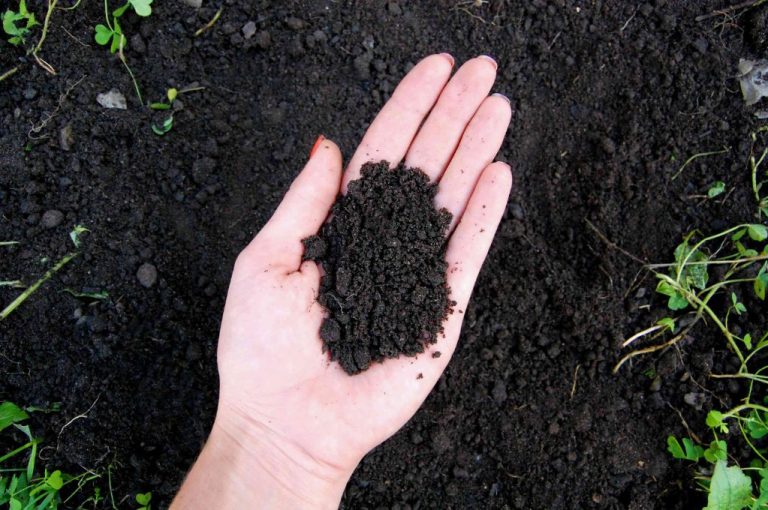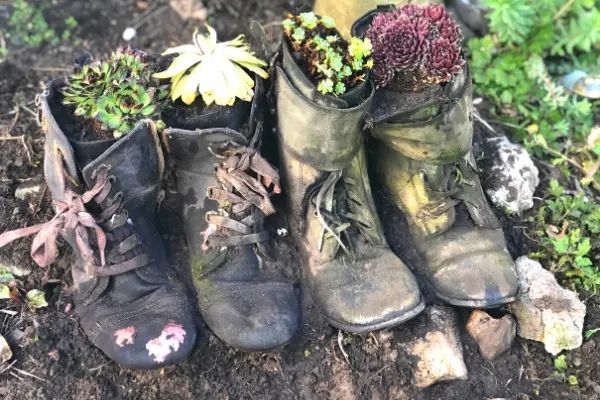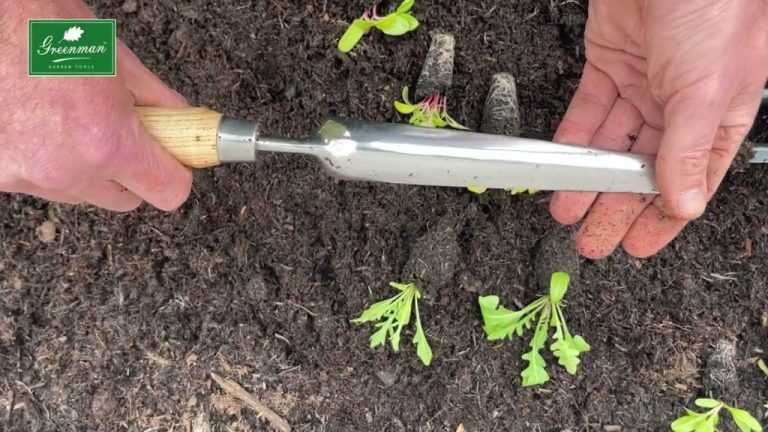Tips For Choosing The Right Garden Location For Beginners
Consider Sunlight
Getting adequate sunlight is crucial for healthy plant growth since plants rely on solar energy for photosynthesis. Some plants, like tomatoes, herbs and zinnias, thrive best in full sun locations with 6-8 hours of direct sunlight each day. Other plants like ferns, impatiens and hostas prefer part-shade or full shade with only 2-6 hours of sunlight (Source). When choosing a garden location, note how the sunlight exposure changes over the course of the day and seasons. Take measurements during multiple times of day to determine the number of sunlight hours your space receives. Seek areas with maximum appropriate sunlight for the plants you wish to grow.
Assess Soil Quality
The best soils for growing vegetables have adequate nutrients, the proper pH level, and good drainage. Most vegetables thrive in slightly acidic to neutral soils with a pH between 6.0-7.0. According to Gardening Know How, while pH needs vary, keeping soil pH in the 6 to 7 range provides the optimal balance for nutrient availability.
Before planting, test your soil’s pH as well as levels of nutrients like nitrogen, phosphorus, and potassium. Home testing kits provide an affordable way to get this information. Based on the results, you can amend the soil with compost, manure, peat moss, or other organic matter to improve fertility and drainage. It’s also recommended to add lime if the soil is too acidic or sulfur if the soil is too alkaline.
Rather than amending poor native soil, it’s sometimes easier to build raised beds and fill them with a high-quality potting mix made for vegetables. As noted by All That Grows, a fertile potting soil guarantees you’re starting with the proper foundation for healthy plant growth. Just be sure the container soil offers good drainage by incorporating materials like vermiculite or perlite.
Proper soil preparation before planting is key to provide vegetables the right balance of air, moisture, and nutrients their roots need to thrive and produce abundantly.
Evaluate Drainage
Proper drainage is crucial for a healthy garden. You’ll want to identify any areas on the site that collect water or stay soggy after rain. Flat areas or depressions can easily become waterlogged, while sloped ground encourages runoff. Look for low spots where puddles form frequently. You can test drainage by digging several holes about 6 inches deep around the site and filling them with water. Check how long each takes to drain completely. Avoid planting in areas that take more than 24 hours to drain. Consider installing French drains, gravel beds, or catch basins if needed. Drainage issues are much easier to address before building garden beds and planting.
According to the Royal Horticultural Society, “Drainage is important for gardens, but not every garden will need drainage installed drainage. … Severe drainage problems require piped drainage where water can be channeled away to soakaways, drains or watercourses.” (https://www.rhs.org.uk/garden-design/installing-drainage)
Drainstore recommends “Using a string and level, dig a trench in the direction of the drain, and line the trench with landscape fabric before laying down gravel. The gravel backfill encourages water to move from wet areas into the French drain.” (https://drainstore.com/how-to-install-drainage-in-your-garden/)
Have Access to Water
When planning your vegetable garden, having access to water is crucial. Proximity to a spigot, hose, or other water source will make irrigating your garden much easier.
According to Choosing the Best irrigation system for a Vegetable Garden, “Drip Irrigation is a great option for disease prone plants like tomatoes, peppers, and cucumbers because the water goes directly to the roots.” Having a drip irrigation system connected to your water source makes watering simple.
You’ll also want to consider options for collecting rainwater to supplement irrigation. Barrels and cisterns allow you to capture rainwater from gutters to reuse in your garden. Locate these rainwater collection systems near your garden for convenience.
With a nearby water source and a system for utilizing natural rainfall, you’ll be able to keep your vegetables hydrated for optimal growing.
Consider Wind Exposure
Wind can have both positive and negative effects on plants. It’s important to consider wind exposure when choosing a garden location.
Strong winds can damage plants by breaking stems, shredding leaves, desiccating foliage, and exposing roots. Protecting plants from wind is especially important in winter when cold winds can freeze and dry out vegetation (https://marinmg.ucanr.edu/PROBLEMS/EXTREME_CONDITIONS/Wind/).
On the other hand, some airflow helps strengthen plants and circulate air to prevent fungal issues. Make sure the garden location gets some light breeze but is protected from harsh winds. Deciduous trees or shrubs can act as windbreaks (https://www.canr.msu.edu/news/wind_is_essential_to_natural_processes). Position the garden where plants will be sheltered from strong winds but still get some gentle airflow.
Consider the prevailing wind direction in your area. Gardens located on the windward side will need more protection. Gardens on the leeward side will have more natural shelter.
Check for Enough Space
When choosing a garden location, it’s crucial to ensure there is adequate space for the crops you want to grow. The overall garden size and layout should accommodate the mature size of plants and their proper spacing. For example, tomatoes require at least 3-4 feet of space between plants, while leafy greens can be spaced much closer together [1]. Refer to a vegetable spacing guide to plan how to arrange your crops [2].
It’s also wise to allow for future expansion when sizing your garden area. Gardens often grow over time as gardeners gain experience. Allowing some extra room around the edges gives flexibility to add more planting beds or expand existing ones. Aim for a garden size that comfortably fits your initial plans but has space to grow.
Ensure Convenience
When choosing the right garden location, it’s important to consider convenience factors like proximity to your home and ease of access for regular tending. As one source notes, “Household gardens tend to be located close to dwelling for security, convenience, and special care.” [1] Having your garden close to your home and kitchen makes it easier to harvest produce for meals or tend to plants on a regular basis.
Look for a spot near doors, patios, decks or walkways that allows you frequent access without much effort. You’ll be more likely to work in the garden often if you don’t have to make a special trip across the yard to get to it. Easy access means you can quickly water plants, pull a few weeds or harvest veggies for dinner without going too far. Place your garden in the most convenient location for your lifestyle and needs.
Watch for Wildlife Issues
Many garden pests like deer, rabbits, rodents, and other wildlife can wreak havoc on your garden. Consider fencing needs carefully if deer or rabbits are common in your area. According to Gardeners.com, an 8 foot tall fence may be necessary to keep deer out completely. For rabbits, a 2-3 foot tall fence made of chicken wire or hardware cloth should suffice.

You’ll also want to avoid locating your garden in areas near woods or fields that are frequented by rodents like voles, mice, and squirrels. These creatures can decimate root vegetables and other low growing plants. Strategically placing physical barriers like fences can help, as can natural repellents made from things like garlic, chili pepper, and castor oil according to Oregon State University.
Check Local Regulations
It is important to check for any local regulations before starting your backyard garden. Many neighborhoods are part of a homeowners association (HOA) which may have rules about landscaping and gardening. According to Gardening Laws And Ordinances – Common Garden Laws, among the more common urban garden ordinances are ones regulating how high a fence or hedge can be, and sometimes fences and hedges can be banned altogether. Check your HOA’s landscaping rules to understand any restrictions that may impact your garden plans.
You’ll also want to check if there are any zoning restrictions in your area that could prohibit certain types of backyard gardens. Some municipalities may have ordinances against growing vegetables in front yards or restrictions on the height of structures like greenhouses. Knowing the zoning laws ahead of time ensures your garden will be compliant. Only a few states like Illinois and Florida have passed “right to garden” laws protecting homeowners’ ability to grow food gardens, according to Only Two States Have Passed ‘Right to Garden’ Laws. Checking regulations first avoids headaches down the road.
Consider Aesthetics
While function is important, you’ll also want your garden to be visually pleasing. Carefully incorporate your garden space into the overall landscape design for a cohesive look. Use principles like color, texture, symmetry, and focal points to create an aesthetically appealing garden.
Aim for a balanced design that looks beautiful but doesn’t compromise accessibility or productivity. For example, use pavers and stepping stones to delineate spaces while allowing easy movement throughout the garden. Or frame focal points like a bench, fountain, or flower bed with complimentary plants, fencing, or landscaping.
Tips for boosting visual appeal include:
- Mix heights, colors, and textures of plants
- Incorporate hardscaping like fences, trellises, pathways
- Use symmetry to create organized garden “rooms”
- Establish a focal point like an arbor or water feature
- Mulch for a tidy, finished look
With some planning, you can have both an efficient, productive garden and a beautiful landscape that adds value to your outdoor space. Focus on creating a cohesive look that suits your needs and preferences.






